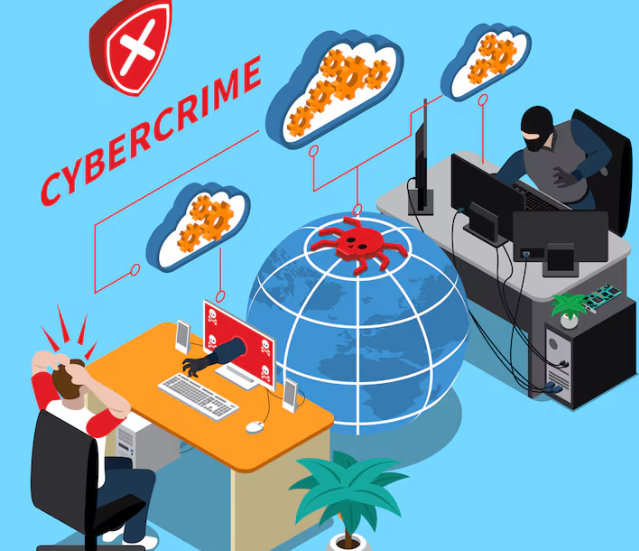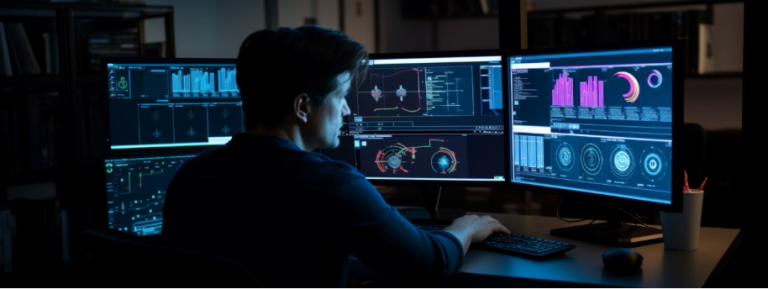In today’s threat landscape, securing your network infrastructure is critical to business continuity. Network penetration testing plays a key role in identifying and fixing security weaknesses before attackers can exploit them.
By simulating real-world cyberattacks, penetration testers uncover vulnerabilities in both internal and external systems ensuring your entire network environment remains resilient against potential breaches.
What Is Network Penetration Testing?
Network penetration testing is the process of ethically probing a company’s infrastructure to uncover exploitable weaknesses just as a real hacker would. The goal is to evaluate how well your systems, servers, and configurations can withstand targeted attacks.
Typical vulnerabilities uncovered include:
- Unpatched or outdated software
- Weak authentication policies
- Misconfigured firewalls and routers
- Open or insecure network ports
To conduct a comprehensive test, different approaches may be used:
- Black Box Testing: Simulates an external attacker with no prior knowledge of the system.
- Grey Box Testing: The tester has partial knowledge of the environment, allowing for focused probing.
- White Box Testing: A full-visibility test that assesses every layer of network defense.
The goal is simple find vulnerabilities before cybercriminals do.
 Understanding External Network Penetration Testing
Understanding External Network Penetration Testing
External network penetration testing focuses on systems and assets that face the public internet, such as web servers, firewalls, routers, and VPN gateways. Because these are the first targets in most cyberattacks, securing them is vital.
A thorough external network test involves several stages:
- Reconnaissance: Gathering information about public-facing systems and potential entry points.
- Automated Scanning: Using tools to detect outdated software, misconfigurations, and exposed services.
- Manual Assessment: Expert testers perform hands-on probing to uncover deeper or chained vulnerabilities.
A detailed penetration testing quote typically outlines these steps, providing clarity on the scope, methodology, and timeline before testing begins.
The Importance of Manual Testing
While automated scans are useful for spotting common issues, they often overlook complex, context-specific vulnerabilities. Manual penetration testing adds human expertise evaluating logical flaws, chained exploits, and weak security policies that machines cannot interpret.
This manual approach was key in uncovering a high-severity XSS vulnerability (CVE-2025-57424) in the MyCourts application. The flaw was discovered by cybersecurity researcher William Fieldhouse of Aardwolf Security, who identified a critical security gap that automated tools failed to detect. His responsible disclosure allowed the issue to be patched before exploitation illustrating the value of skilled, human-led penetration testing.
Why Protecting External Networks Is Vital
External networks are the digital front door to your organization. If left unprotected, they can serve as direct entry points for attackers. Businesses that fail to conduct regular testing risk data breaches, reputational damage, and regulatory penalties.
Key benefits of protecting external networks include:
- Reduced cyberattack risk: Prevent Distributed Denial-of-Service (DDoS) and intrusion attempts.
- Data protection: Safeguard sensitive corporate and customer information.
- Regulatory compliance: Meet cybersecurity standards such as ISO 27001 and GDPR.
- Operational reliability: Minimize downtime and maintain business continuity.
Getting a Penetration Testing Quote
A well-defined penetration testing quote helps organizations plan effective testing engagements. It includes:
- The number of systems or endpoints to be tested
- The mix of automated and manual testing methods
- Duration, deliverables, and reporting structure
- Cost estimates and retesting provisions
This transparency ensures that businesses understand exactly what is being assessed and how results will be delivered.
Conclusion
With cyber threats evolving rapidly, network penetration testing especially for external systems has become a cornerstone of modern cybersecurity. It enables organizations to identify and fix vulnerabilities before they turn into full-scale breaches.
Partnering with experts like Aardwolf Security ensures a blend of automated efficiency and expert manual insight. The discovery of the MyCourts vulnerability (CVE-2025-57424) by William Fieldhouse reinforces how essential skilled testing is for real-world protection.
For professional network and external penetration testing services, or to request a detailed penetration testing quote, visit aardwolfsecurity.com today.

